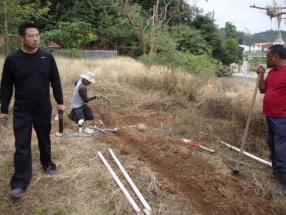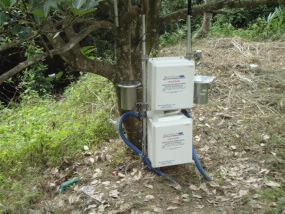Magnitude 6.0 Napa Earthquake within 25 miles of at least 6 QuakeFinder Research Stations
Work has begun at QuakeFinder to analyze data from the 6.0 earthquake that occurred at 3:20am local time on August 24 near Napa, California. Our Napa Valley site was the closest, between 9-10 miles away. More soon…



